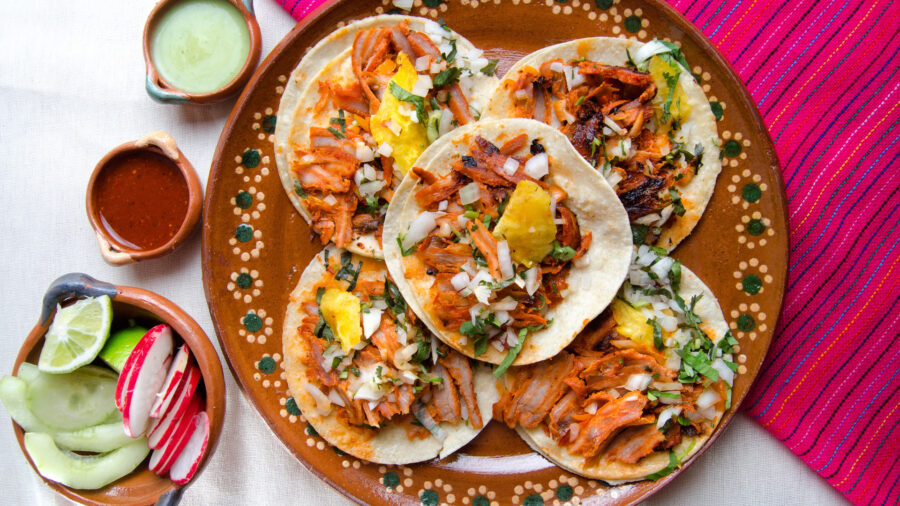According to a recent Kantar report, Latin America is home to nearly 40% of the global CPG and FMCG brands that are growing.
Here’s a look at the most popular CPG brands in Latin America, along with key strategies for food and beverage companies to appeal to the region’s consumers.
1. Coca-Cola
Coca-Cola Company has a presence in more than 10 Latin American countries, with 2.1 million points of sale throughout the region.
According to a 2023 report from Coca-Cola FEMSA, the largest bottler and distributor of Coca Cola products, during the first trimester Coca-Cola has increased revenue by 12% and continues to grow in Mexico, Brazil, Guatemala and Uruguay.
The Mexican market is the most important for Coca Cola Company; in 2021 Mexico represented 45% of the total units sold by Coca-Cola throughout the Latin American region, according to Statista.
2. Grupo Bimbo
Grupo Bimbo has been one of the leading bakery companies in the world since 1945. It has 215 bakeries and more than 1,600 sales centers in 34 total countries. Latin America represents nearly 50% of the company’s global market.
Bimbo’s 2023 first quarter report revealed that Latin America´s sales have grown 8.6%. More specifically, sales in Mexico increased 19.8%, attributable to favorable performance of price and product mix.
3. PepsiCo
PepsiCo sells products in more than 200 countries and territories around the world and, in 2022 reported $8.91 million in profit.
PepsiCo Latin America has a presence in 34 emerging and developing markets like snacks, beverages, cookies, crackers and nutrition, which have generated 11% in net revenue in 2022, the company reported.
4. Lala
Lala Group is a Mexican dairy company that operates 29 production plants, and 172 distribution centers, with 628,000 points of sale in Mexico, Brazil, the U.S. and Central America. In the second quarter of 2023, net sales increased 5.6%.
Lala is the second-most preferred brand in Mexico and fourth in Latin America´s food industry according to Kantar. The company is investing in the meat sector, with its line of products such as Chorizo for grilling and Argentine chorizo.
5. Nestlé
Nestlé has a presence in 22 countries, with Mexico and Brazil serving as key markets. Latin America represents over 12% of the company’s global sales.
Latin America is invaluable to Nestlé, because it’s the principal supplier of various items distributed worldwide, like coffee, cocoa, and milk.
Advice for Appealing to Latin America
Latin America has been a challenging market for some CPG brands, especially in the past few years when the region experienced political, social and economic instability.
Gabriel Castellanos, CEO, Hispanic LatAm, Insights Division, Kantar said in a company report that “As several countries in Latin America experience political and/or economic challenges, the link between brand and financial growth becomes particularly important.” In the context of a global slowdown, this might sound discouraging, but brands that leverage their strengths may actually be standing in front of a “pot of gold” of potential growth, he indicated.
Most popular brands in Latin America have executed new strategies to penetrate new markets. Perhaps the most impactful strategy is embracing society’s fast digital transformation.
The E-market has grown significantly as a selling channel in the past few years. In 2023, this digital sales channel forces the creation of more personalized commercial and marketing strategies based on metrics and specific data about the market and the consumers. More and more brands are implementing tailored messaging.
“While businesses face challenging conditions in several Latin American markets, those that have adopted new digital platforms and investment in innovative ways to engage with customers have delivered growth and strengthened their brand across the region,” said David Roth, CEO, The Store WPP EMEA and Asia and Chairman of Brand Z, in Kantar’s report.
Meanwhile, CPG brands are investing in strategic partnerships to manage their operations in a more granular way and understand local consumers and sales channels in the region. This helps brands to penetrate new markets, identify new segments and opportunities to develop new products or adapt the brand to the consumers preference – for example, catering to millennial and Gen Z consumers that prefer purpose-driven brands.











